Your vital organs—screened
Scan your body for potential cancer and 500+ conditions in up to 13 organs.




Our scan is designed to















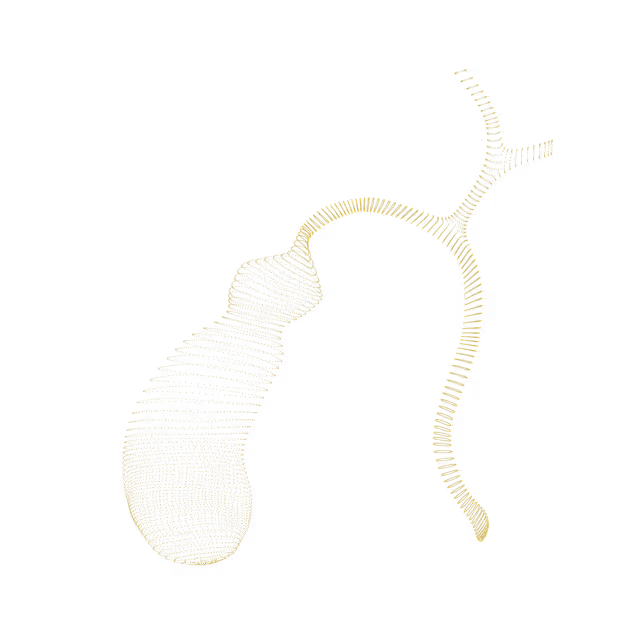
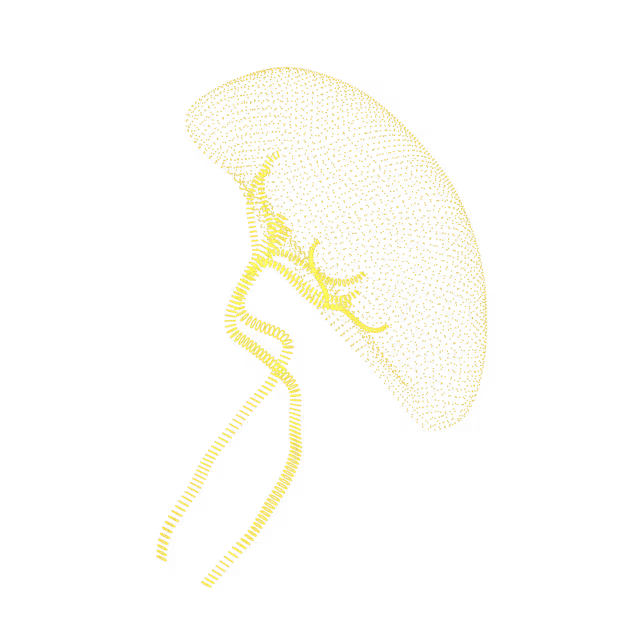

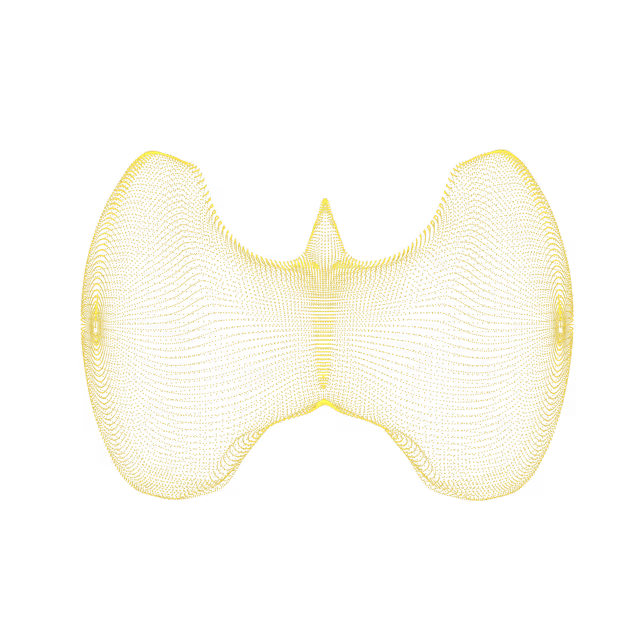

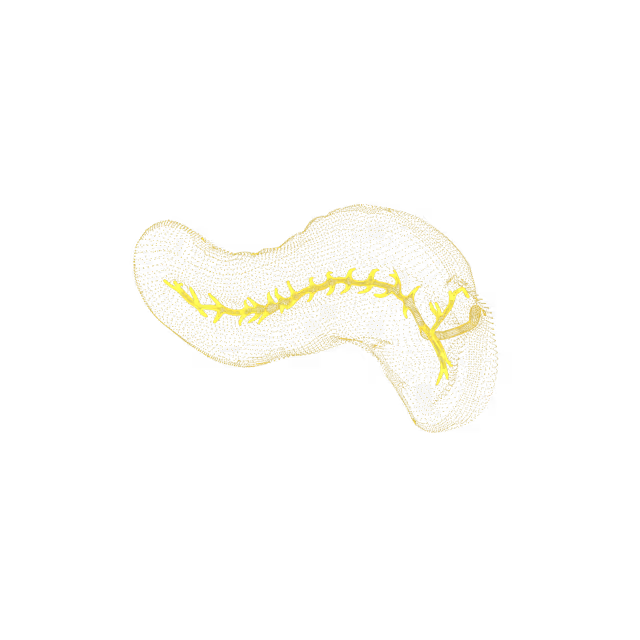
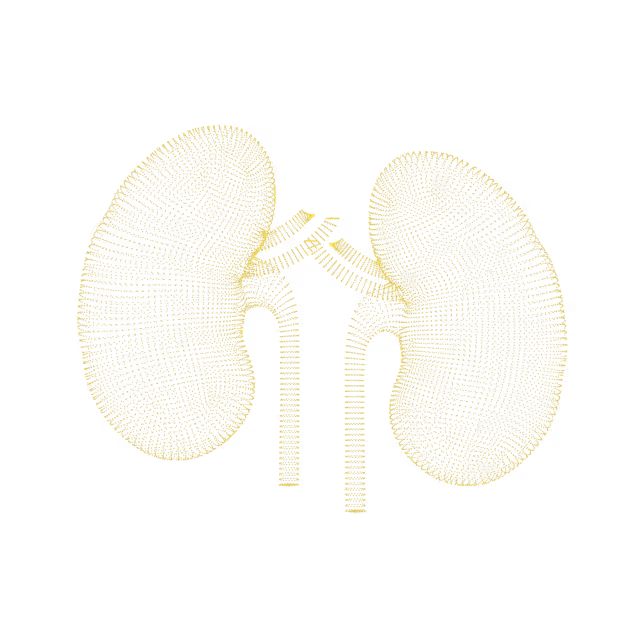
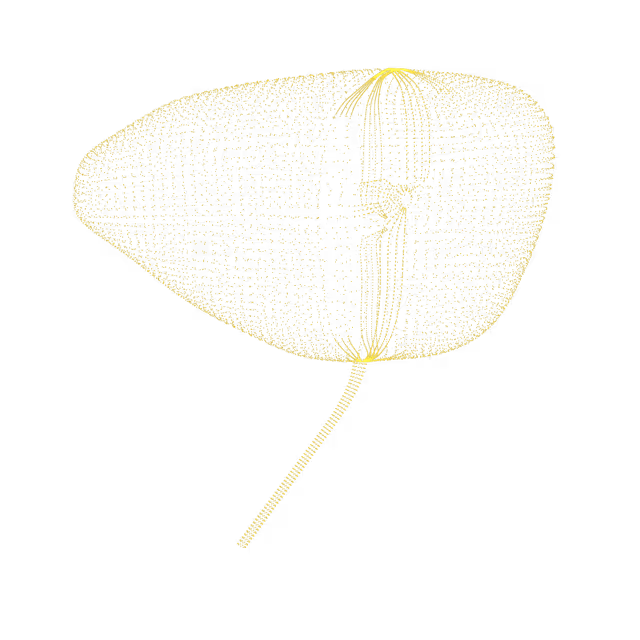
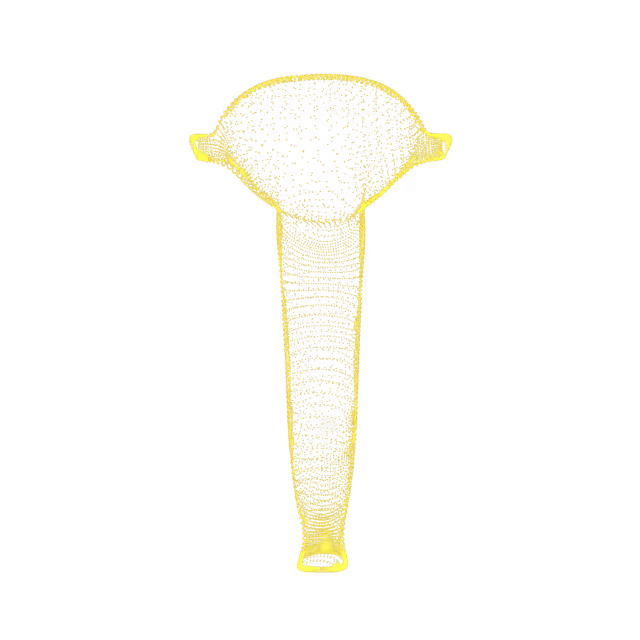
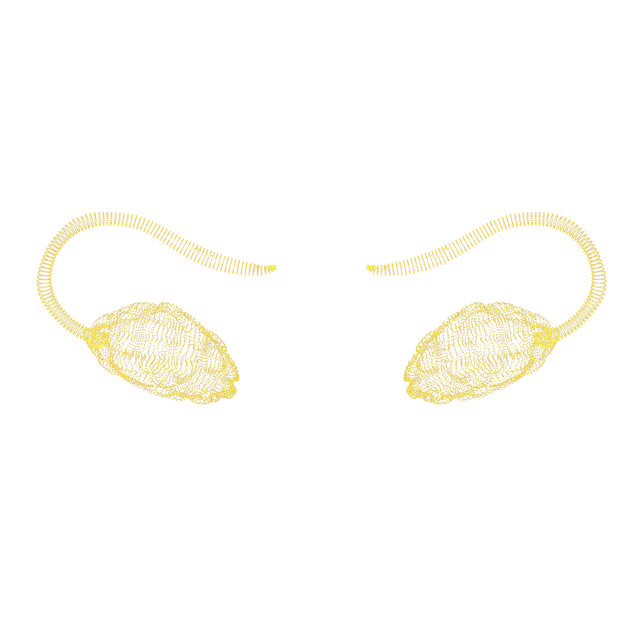
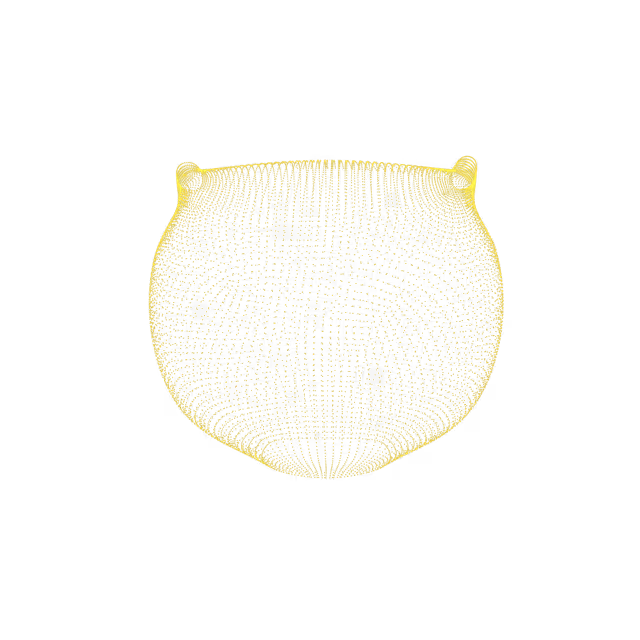

Endometriosis (also known as an endometrial implant) is when cells similar to those lining the uterus grow outside the uterus. It is unclear what causes this condition to happen. While endometriosis is a common and non-cancerous process, the presence of endometrial tissue outside the uterus and its resultant inflammation can cause women to have pelvic pain that is related to their menstrual cycle, pain during intercourse, pain with urination or difficulty getting pregnant. Deep pelvic endometriosis occurs when there is more advanced (deeper) growth of the cells outside of the uterus and is associated with more severe symptoms.
Uterine fibroids are also called uterine leiomyomas or myomas. They are growths in the muscle of the uterus. Approximately 80% of women will have fibroids in their lifetime. The cause of uterine fibroids is unclear, but there is an association with hormones (estrogen and progesterone), family history and pregnancy.Fibroids are usually benign (non-cancerous)
Small amounts of fluid in the endometrium is a normal finding. This could also be due to menstruation.
Uterine fibroids (also called uterine leiomyomas or myomas) are abnormal growths in the muscle of the uterus. Fibroids do not generally have malignant (cancerous) potential, but can occasionally be the cause of some types of abdominal pain or prolonged/irregular menses.Blood vessels supply uterine fibroids with the nutrients and oxygen they need to grow. Uterine fibroid degeneration occurs when a fibroid outgrows its limited blood supply. The connecting blood vessels can no longer provide enough oxygen and nutrients to the fibroid causing its cells to die, or degenerate.
The endometrium (the innermost lining of the uterus) is heterogeneous when it does not have the same appearance throughout. There is a cystic lesion (a sac-like pocket of tissue that contains fluid, air, or other substances) within the endometrium based on the MRI images. Causes for this can include fibroids, polyps or endometrial cancer.
Partial septate uterus is a type of congenital uterine anomaly. Congenital uterine anomalies happen during embryo development in the womb. The septate uterus is the most common uterine anomaly, accounting for 35% to 90% of all identified uterine malformations. Partial septate uterus is when the uterus has a partial “wall” in the middle of the uterus.
MRI images reflect known medical history of surgical removal of the uterus.
A retroverted uterus is a common condition in which the uterus tilts towards the back rather than to the front. This normal variant of pelvic anatomy is present in 20-30% of women, and usually is of no consequence. Sometimes it can be caused by scar tissue, past surgery or fibroids. Having a retroverted uterus does not usually cause symptoms, but for some it can cause pain during intercourse and urinary problems (i.e. urinary incontinence, recurrent urinary tract infections).
The endometrium is the inner lining of the uterus. The subendometrium is the region between the endometrium and the outer uterine musculature. Subendometrial cysts are fluid filled sacs that are present in the subendometrial region.
The endometrium is the lining of the uterus. In pre-menopausal women, the endometrial thickness has a wide range because of hormonal fluctuation. In post-menopausal women, the endometrial thickness is typically less than 5 mm. Some causes of thickened endometrium include obesity, hormone replacement therapy, tamoxifen use (medication to treat breast cancer or prevent it for those at high risk), certain conditions such as PCOS or Lynch syndrome and endometrial hyperplasia.


© 2025 Ezra